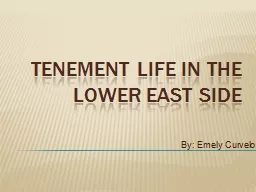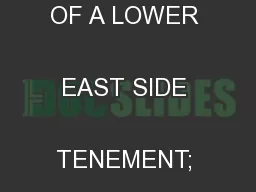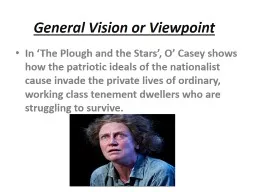PPT-Tenement life in The lower east side
Author : olivia-moreira | Published Date : 2018-12-18
By Emely Curvelo The Lower east side Hester Street Lower East Side 1902 The Lower East Side was Jewish world Everything was Jewishowned or Jewishrun A difficult
Presentation Embed Code
Download Presentation
Download Presentation The PPT/PDF document "Tenement life in The lower east side" is the property of its rightful owner. Permission is granted to download and print the materials on this website for personal, non-commercial use only, and to display it on your personal computer provided you do not modify the materials and that you retain all copyright notices contained in the materials. By downloading content from our website, you accept the terms of this agreement.
Tenement life in The lower east side: Transcript
Download Rules Of Document
"Tenement life in The lower east side"The content belongs to its owner. You may download and print it for personal use, without modification, and keep all copyright notices. By downloading, you agree to these terms.
Related Documents













![[DOWNLOAD]-The Lower East Side Remembered and Revisited: A History and Guide to a Legendary](https://thumbs.docslides.com/958375/download-the-lower-east-side-remembered-and-revisited-a-history-and-guide-to-a-legendary-new-york-neighborhood.jpg)
